Santanu Kolay
External Large Foundation Model: How to Efficiently Serve Trillions of Parameters for Online Ads Recommendation
Feb 26, 2025



Abstract:Ads recommendation is a prominent service of online advertising systems and has been actively studied. Recent studies indicate that scaling-up and advanced design of the recommendation model can bring significant performance improvement. However, with a larger model scale, such prior studies have a significantly increasing gap from industry as they often neglect two fundamental challenges in industrial-scale applications. First, training and inference budgets are restricted for the model to be served, exceeding which may incur latency and impair user experience. Second, large-volume data arrive in a streaming mode with data distributions dynamically shifting, as new users/ads join and existing users/ads leave the system. We propose the External Large Foundation Model (ExFM) framework to address the overlooked challenges. Specifically, we develop external distillation and a data augmentation system (DAS) to control the computational cost of training/inference while maintaining high performance. We design the teacher in a way like a foundation model (FM) that can serve multiple students as vertical models (VMs) to amortize its building cost. We propose Auxiliary Head and Student Adapter to mitigate the data distribution gap between FM and VMs caused by the streaming data issue. Comprehensive experiments on internal industrial-scale applications and public datasets demonstrate significant performance gain by ExFM.
Towards Data Quality Assessment in Online Advertising
Nov 30, 2017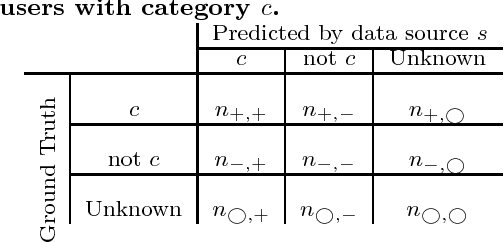
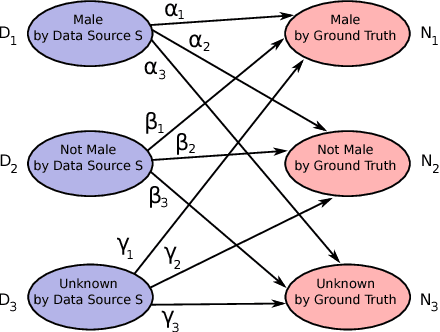

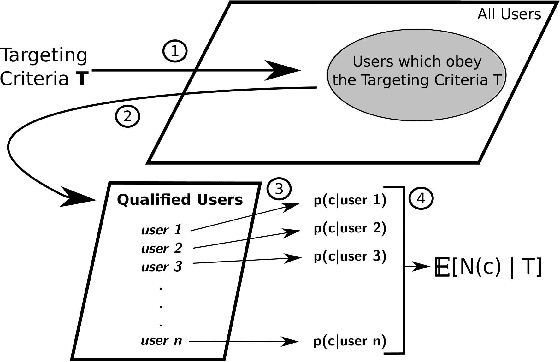
Abstract:In online advertising, our aim is to match the advertisers with the most relevant users to optimize the campaign performance. In the pursuit of achieving this goal, multiple data sources provided by the advertisers or third-party data providers are utilized to choose the set of users according to the advertisers' targeting criteria. In this paper, we present a framework that can be applied to assess the quality of such data sources in large scale. This framework efficiently evaluates the similarity of a specific data source categorization to that of the ground truth, especially for those cases when the ground truth is accessible only in aggregate, and the user-level information is anonymized or unavailable due to privacy reasons. We propose multiple methodologies within this framework, present some preliminary assessment results, and evaluate how the methodologies compare to each other. We also present two use cases where we can utilize the data quality assessment results: the first use case is targeting specific user categories, and the second one is forecasting the desirable audiences we can reach for an online advertising campaign with pre-set targeting criteria.
* 10 pages, 7 Figures. This work has been presented in the KDD 2016 Workshop on Enterprise Intelligence
Scalable Audience Reach Estimation in Real-time Online Advertising
May 14, 2013

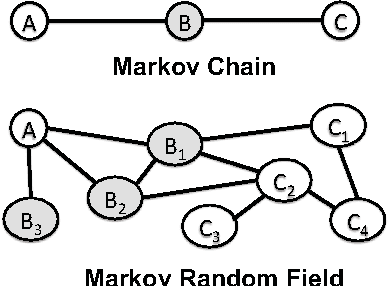
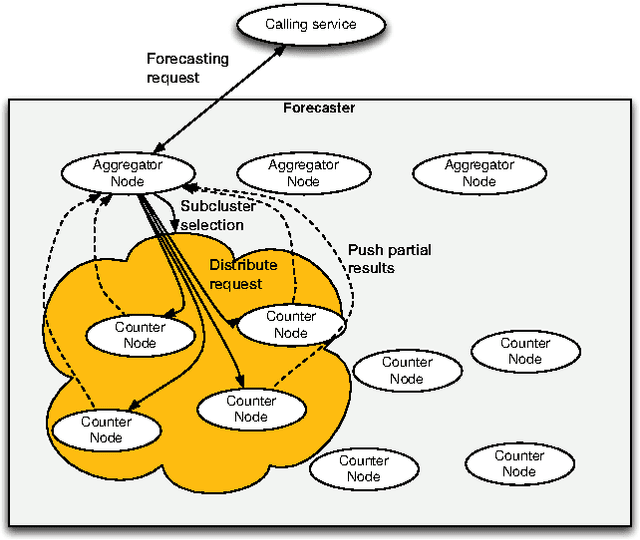
Abstract:Online advertising has been introduced as one of the most efficient methods of advertising throughout the recent years. Yet, advertisers are concerned about the efficiency of their online advertising campaigns and consequently, would like to restrict their ad impressions to certain websites and/or certain groups of audience. These restrictions, known as targeting criteria, limit the reachability for better performance. This trade-off between reachability and performance illustrates a need for a forecasting system that can quickly predict/estimate (with good accuracy) this trade-off. Designing such a system is challenging due to (a) the huge amount of data to process, and, (b) the need for fast and accurate estimates. In this paper, we propose a distributed fault tolerant system that can generate such estimates fast with good accuracy. The main idea is to keep a small representative sample in memory across multiple machines and formulate the forecasting problem as queries against the sample. The key challenge is to find the best strata across the past data, perform multivariate stratified sampling while ensuring fuzzy fall-back to cover the small minorities. Our results show a significant improvement over the uniform and simple stratified sampling strategies which are currently widely used in the industry.
 Add to Chrome
Add to Chrome Add to Firefox
Add to Firefox Add to Edge
Add to Edge